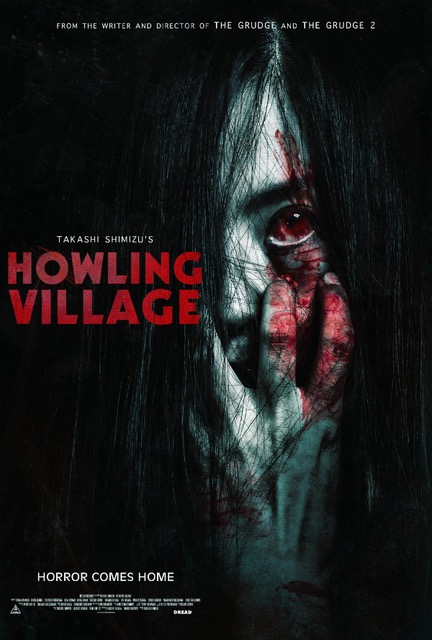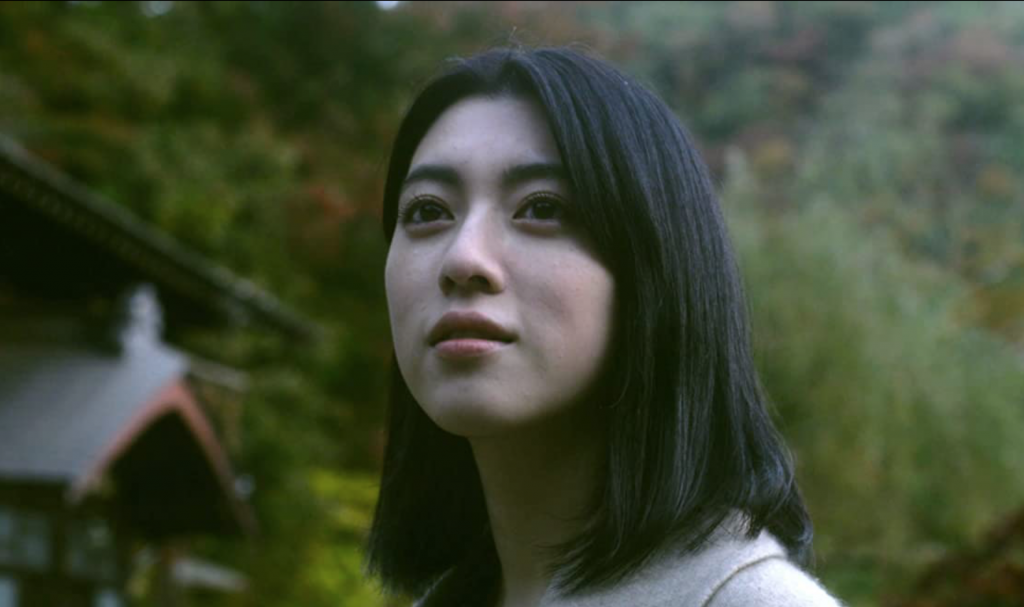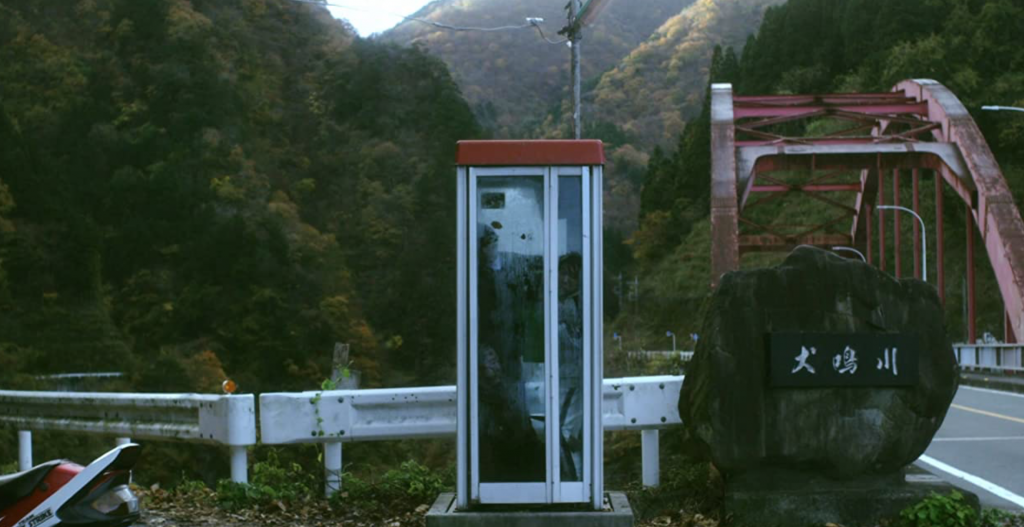
Synopsis : After her brother goes missing, Kanade, a young psychologist visits his last known location, an infamous haunted and cursed site known as ‘Howling Village’ to investigate his disappearance. Her investigation reveals that the village’s mysteries are connected to her family and works to uncover her family’s dark history.

An Exclusive interview with a Japanese Horror Master, Takashi Shimizu
Q : I’ve heard that this Inunaki tunnel actually existed in Fukuoka Prefecture, Japan, and you went there, what was the atmosphere?
Takashi Shimizu : I’ve been there multiple times. When I first went there, all I heard were stories of urban legends on the Internet, and I ended up researching various things. The actual scenery was very scary, and even when the sun was shining in the middle of the day, the surroundings were overgrown with trees, and it was pitch black, so there was a fear of the atmosphere and the air made us tremble. When I went there for the second time, I should have been used to it, but the atmosphere was still scary, even though there were nothing scary things that happened then. When I went into Inuaki Tunnel, I went with the screenwriter and the producer, but I don’t know why, but the screenwriter’s nipples are getting hard…he must have sensed something…lol
Q : The scene with flooded telephone booth, was there a challenge in doing this scene or a fun day on the set?
Takashi Shimizu : Yes, it was an extremely difficult scene to shoot. It was already cold in the middle of winter, I had to put the actors in the telephone booth. The place was under the bridge where the river flowed towards the bottom of the valley, so the window was blowing heavily. The staff around me were also concerned about the safety, because it was really freezing cold, if we soaked our actors into the water, we immediately took it out of the telephone booth and took them to the warm place. Then we only shot them once, we kept them waiting in the warm car, we repeated that. We prepared the scene in the evening, we shot the whole night until the sun came up the next day. I made a water tank the same size as the telephone booth, which prevents water from escaping. And we put hot water in the water tank, so the actors wouldn’t freeze, but it’s about to get cold, so we warmed up the water while the actors went in and out. Also, it was a rather difficult scene to shoot, as clearing the steam of the hot water with CG, so it could not be seen.
Q : What was amazing in this film is that, do in the history of the family that transmits this ability to see the ghost. How did you decide to do that instead of straight forward scary horror film?
Takashi Shimizu : During the research, when I had a chance to interview with various people who had strange experiences, paranormal phenomena, and scary feeling, many of them ended up saying, I have no such experiences, but my sister or my mother have a six sense, so even though they didn’t see them, often time, their relative had some experiences that made them believing a ghost or sprits. In short, different people respond differently. So they didn’t have a six sense because they don’t have same bloodline. While listening to various stories, I thought about how to set up the main character, how about the brother situation, but in reality, I decided to make mother could inherit the blood, and assembled the storyline and family structure.

Q : You have made so many horror films. Are there any horror stories you want to tackle or try out any other genre you haven’t explored yet?
Takashi Shimizu : I made “The Juon” and “The Grudge” in the beginning of my career, So people often associate with me through the horror films or ghost-related films, but I want to make a zombie movie like “Night of the Living Dead” or horror comedy type of the films. So I would like to attempt other things.
Q : Could you talk about the process of casting a lead actress Ayaka Miyoshi?
Takashi Shimizu : She also works as a model, which means she has a great style. But in fact, she has been acting since she was very little, so she has a good motivation and passion to play the role, which made me not worry about her natural performance. On the other hand, because her style is so good, I was worried that, would she look like someone you see in the street or normal person that you see on a daily basis?

Q : I want to ask about the songs that Akina sings. Could you talk about creepy sort of nursery rhyme?
Takashi Shimizu : So when I was researching to create a background for this film by look into some historical villages in Japan, I wrote down the words that came to my mind like poems. I did it because I want to add the song by using that lyric. In fact, the lyrics have two meanings that are unique to Japanese, so it’s hard to translate the lyrics so that English speakers can understand them.
Q : Do you like any American films that inspired you to become a horror filmmaker?
Takashi Shimizu : There are so many, but I couldn’t watch the horror films till I was 14 years old. So when I first started watching it, I was still hiding my face a little. I also liked the film like“Evil Dead” directed by Sam Raimi whom I also worked with, and George A Romero’s “Dawn of the Dead”, some of the living dead series are also my favorites. And “Shinning” by Stanley Kubrick.Recently, in the United States, I envy the movie as “A Quiet Place” or the movies of Ali Aster, other directors with new talents. But in Japan now, no new talent director has been born, so I’m a bit disappointed.
Q : Which are the most difficult scenes or sequences you have shot in this movie?
Takashi Shimizu : First of all, it was difficult to find irregular spots corresponding to the scenario, and also the telephone booth scenes I spoke of earlier were difficult. There are a number of difficult decisions, but the decision on how clearly to show the ghost was a most difficult one until the post production, particularly what kind of effect we might need to apply. But it was hard to say that was hard, because I also had a fun making it.
Here’s the trailer of the film.

